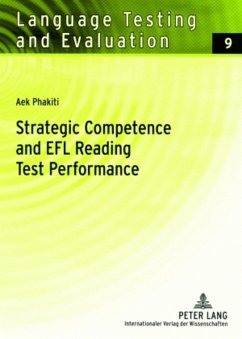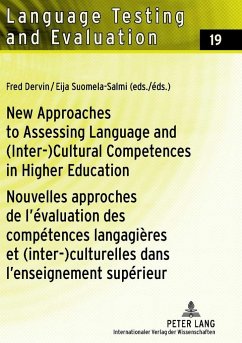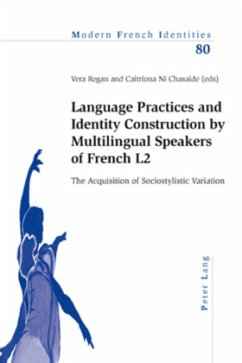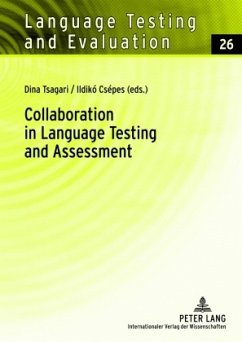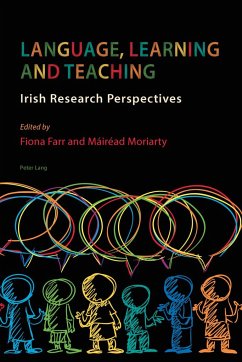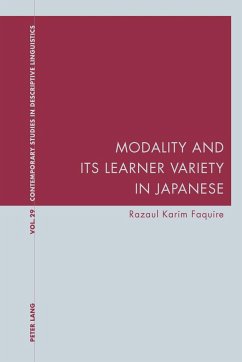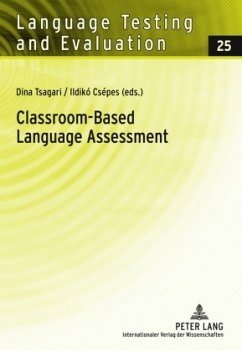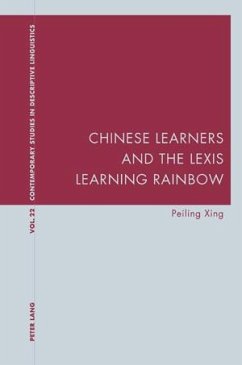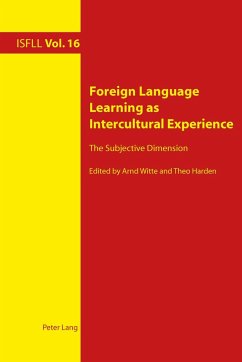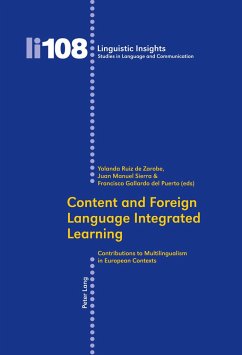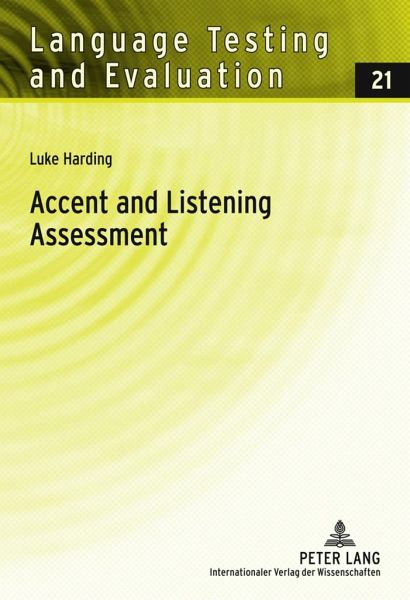
Accent and Listening Assessment
A Validation Study of the Use of Speakers with L2 Accents on an Academic English Listening Test
Versandkostenfrei!
Versandfertig in 6-10 Tagen
74,60 €
inkl. MwSt.

PAYBACK Punkte
0 °P sammeln!
Given the linguistically diverse nature of academic institutions in English-speaking contexts, a strong rationale exists for the incorporation of L2 accents of English in academic listening assessment on the grounds of authenticity and construct representation. However large-scale tests have tended to feature only native-speaker varieties in listening test input owing to concerns about the intelligibility of L2 accents, construct validity and acceptability. This book presents a mixed-methods study designed to address these concerns. Versions of the University Test of English as a Second Langua...
Given the linguistically diverse nature of academic institutions in English-speaking contexts, a strong rationale exists for the incorporation of L2 accents of English in academic listening assessment on the grounds of authenticity and construct representation. However large-scale tests have tended to feature only native-speaker varieties in listening test input owing to concerns about the intelligibility of L2 accents, construct validity and acceptability. This book presents a mixed-methods study designed to address these concerns. Versions of the University Test of English as a Second Language (UTESL) featuring Australian English, Japanese and Mandarin Chinese accented speakers were used to explore the potential for a shared-L1 or familiarity advantage, and to investigate test-takers' attitudes towards L2 accents on a listening test. Implications are drawn for test development and for future research.





